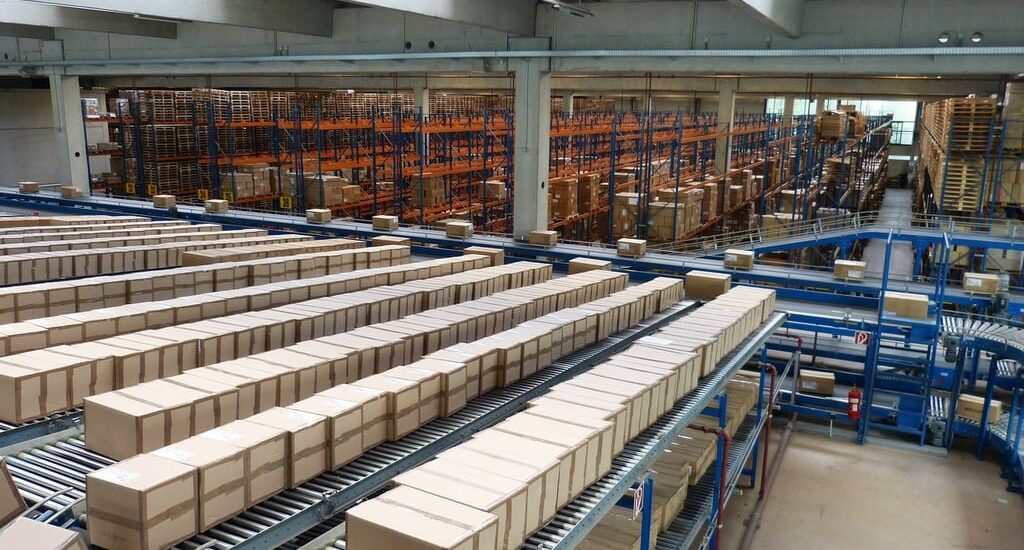- April 10, 2024
- Posted by: David Marshall
- Category: Business, Management

Last week, I talked about how I made sure our organization had the right discipline when it came to adopting an inventory management system. My concern was that if we didn’t have the right processes in place and the discipline to stick with them, then a new piece of technology wasn’t going to solve the problems we were already facing.
That’s a common trap with new technology: The idea that new technology will fix the problems you have, but in reality, you have a people problem or a process problem. Many companies buy new tech to solve their problems, but when the solution doesn’t solve anything, they give up and blame the new tech for the failure. They never look deeper than the technology to see what was causing the problem in the first place, which means they have no idea how to go about fixing it.
 In some cases, it may be that you need a new process, as in the case of the inventory management system. In other cases, you may not have the right people in place to make the new technology work. After all, you wouldn’t buy a $1 million CNC router if you didn’t have anyone who could operate it. You’d make sure to hire the person who could operate it in the first place.
In some cases, it may be that you need a new process, as in the case of the inventory management system. In other cases, you may not have the right people in place to make the new technology work. After all, you wouldn’t buy a $1 million CNC router if you didn’t have anyone who could operate it. You’d make sure to hire the person who could operate it in the first place.
When we revamped the Duoline factory and replaced our old machines and processes with brand-new digital manufacturing machines, we knew we couldn’t operate with the staff and processes we had in the past.
For one thing, we didn’t have a reliable workforce. We were constantly dealing with absentee issues, quality control issues, and I couldn’t conduct a drug test without one-fifth of the associates failing it on any given day. So we needed to solve a lot of those problems before we could ever turn the machines on.
That meant we had to make some tough decisions. We had to let go of a lot of people who weren’t reliable and keep the ones who were reliable and consistent in their work and attendance. If we had just kept the old staff with the new machines, we would have had to deal with a lot of “we never used to do it this way” thinking, and people would have tried to avoid doing things the new way. We would have had to find jobs for the people who refused to learn the new system, and they would have been a drain on the investment we made.
Instead, we were able to increase our output by 400% and decrease our workforce from 200 to less than 40.
That’s the thing about new technology: It’s only as good as the foundation it’s built on, i.e., the company that’s implementing it. If the foundation is stable, the technology will only bring you more success and make you more money. But if the foundation is unstable, the whole thing will come crashing down around your ears. That’s why you need to know what’s going on before you bring in something new.
You can’t just install a bunch of new tech and expect everything to get better overnight. You need to do the heavy lifting first, and that means tackling the difficult problems head-on.
Start by taking a hard look at your organization and the things that are not working or falling apart. What’s causing it? Do you have a people problem? A process problem? Or is it something entirely different?
Measure the problems you want to solve and see what they’re costing you. Work to identify the problems and the possible solutions. Will a new hydraulic press speed up your production? What good will it do you if you have supply problems and shipping delays? You might have thought there was a problem with getting your products made, but your measurement showed you it was something completely different.
At Duoline, we knew that our problems were deeper than just a few (or several) bad apples in the workforce, it was also our existing technology. We had issues with communication, accountability, and trust, as well as quality, environmental remediation, and abilities.
One of the first things we did was to invest heavily in training and development. We not only had to make sure our associates had the right temperament to handle the work but also that they were intelligent enough and had the ability to be trained.
The new machines wouldn’t have made a single difference if we didn’t solve the original problems first. In some cases, the new tech solved the old problems: We solved our environmental issues by switching from our chemical curing process to a steam-based one. That saved us nearly a quarter-million dollars per year alone.
In the end, we had so many problems that it was easier to just knock down the factory and start over. That’s certainly one way of solving your problems, and it’s one that worked out well for us. But we wouldn’t have known to do that if we hadn’t measured our current system and figured out where we were struggling.
I’ve been a manufacturing executive, as well as a sales and marketing professional, for a few decades. Now I help companies turn around their own business, including pivoting within their industry. If you would like more information, please visit my website and connect with me on Twitter, Facebook, or LinkedIn.
Photo credit: Picryl, Creative Commons 0)

